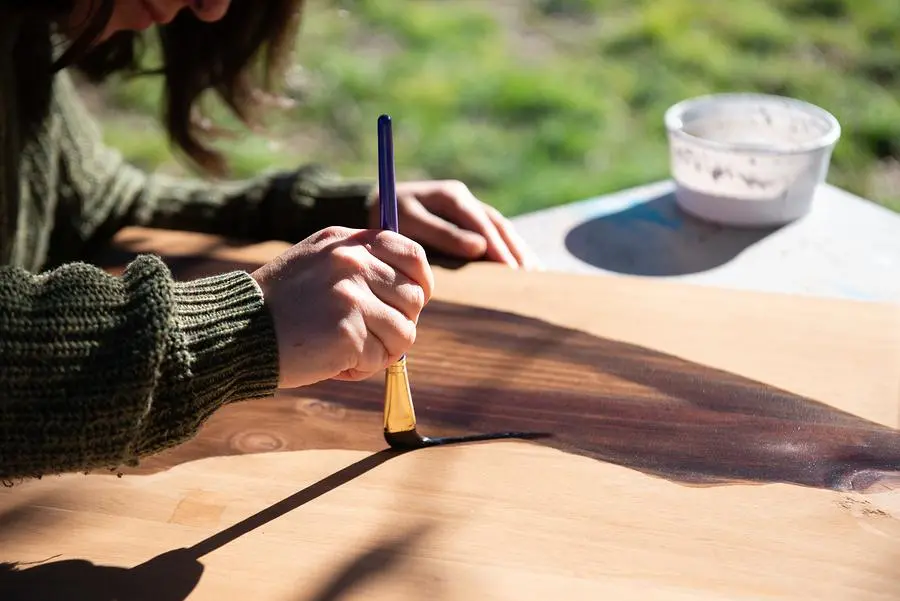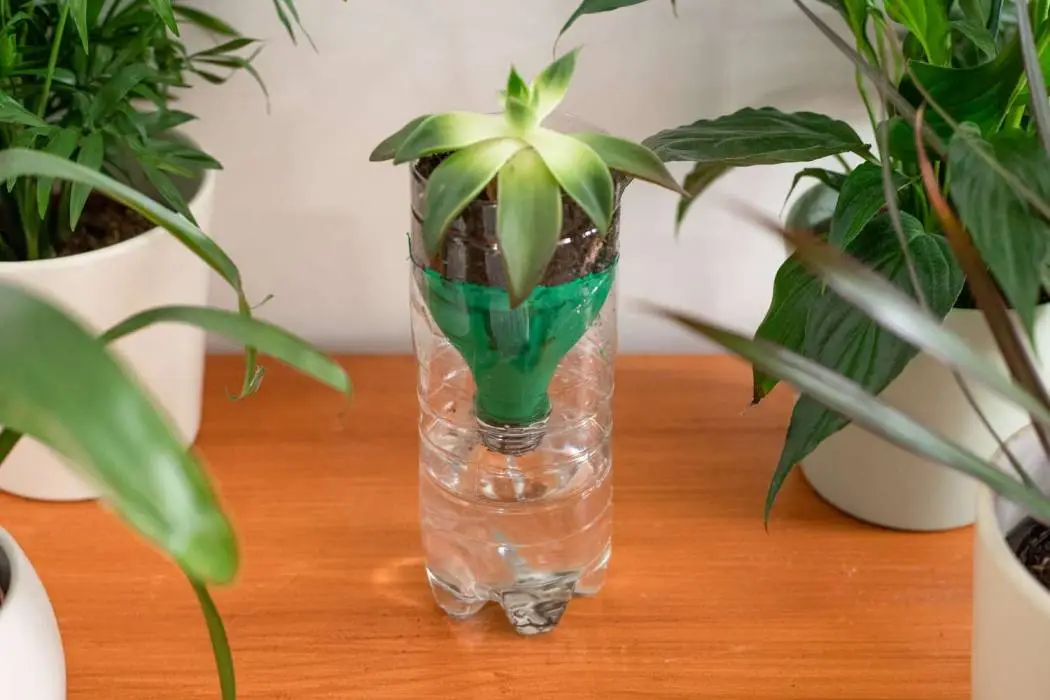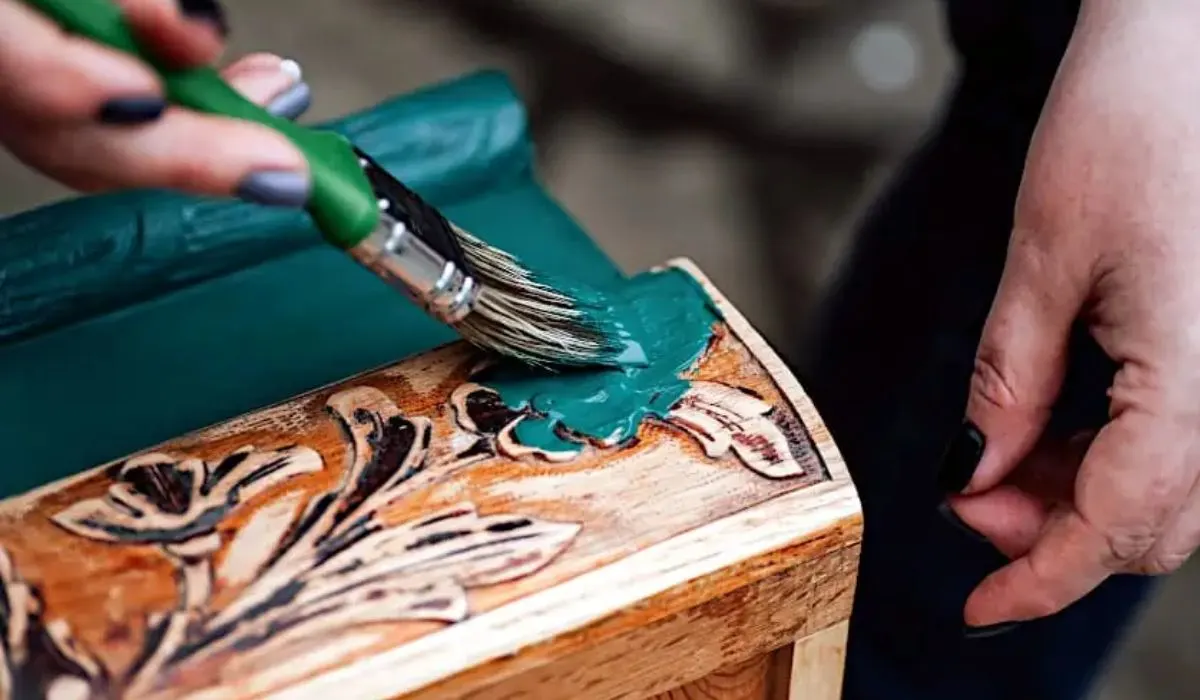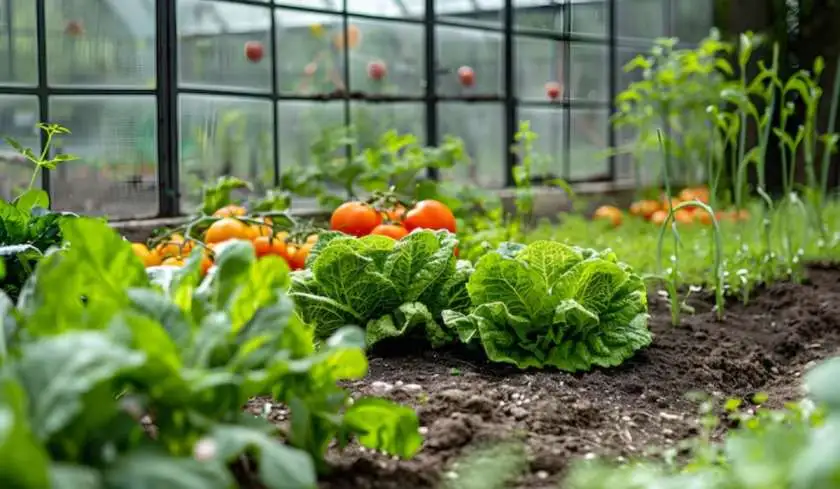Increasing your own fruits and vegetables is the most rewarding thing. Homegron food can be more nutrient-dense and cost effective, in addition to better tastes than commercially cultivated foods, who have traveled thousands of miles and have become dull on supermarket shelves. In addition, now there is a great time for your own growing because food prices are rising. We will run you through every step of starting a new vegetable garden, from planting seeds to withdrawing your first crop, as you click or scroll down.
Why Grow Your Own
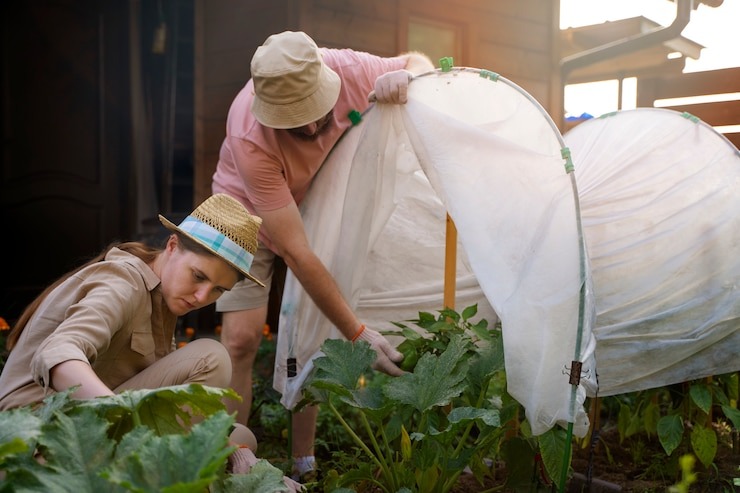
Some time, work and initial investment are required to develop your crops, but the prizes will be felt when the crop time comes. Nothing is regularly delicious, fresh yield is compared to getting directly from your garden to your table.
Environmental Benefits
There are environmental benefits to enhance your own food. Imported fruits and vegetables come from nations that mostly rely on fossil fuels. In fact, according to a nature food study, global food miles in a single year caused a three billion tonnes of CO2 equivalent emissions.
You can reduce your carbon emissions immediately by increasing your food. In addition, since you have power, you can remove with harmful chemicals and pesticides that are often employed in commercial farming, endangering species and ruining the environment. However, where do you also start?
Where Should You Put Your Vegetable Garden?
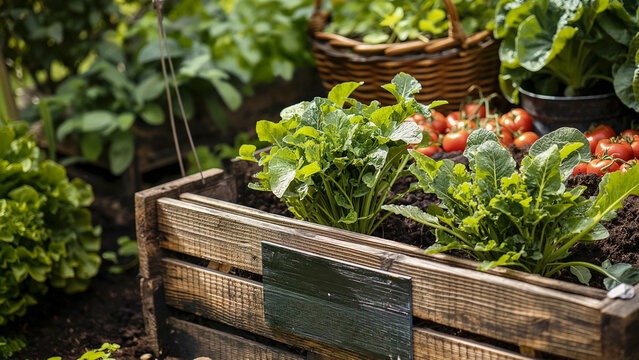
Selecting a location for your botanical garden can be the most important step in the process. While some vegetables can develop well in light shade, most sunlight needs to grow. It is impossible for crops to move under acute shade or behind trees. Choose a level of place that will achieve adequate drainage, even irrigation and sunlight. Since delicate plants are often destroyed, you should also make sure that your patch is preserved from the worst air.
Think About Access And Convenience
If you have enough room and want to go to your garden regularly, it should be kept close to the house for easy access. Additionally, consider the nearest water source. Consider to carry heavy loads of water in a long distance instead of hydrating your plants using sprinkler, a drip irrigation system, or a garden hose.
Read more:- 32 Ingenious DIY Built-In Planters for Small Space Gardens
Start Small
Although choosing the size of your vegetable garden can be challenging, the most important obstacle on what and how much you can plant will be its available place. Being highly ambitious in horticulture is one of the most frequent mistakes. Remember that taking care of someone requires time and work, so start marginally.
You can learn and feel that by starting with a small area, satisfaction, and you will not raise the risk of rapidly getting out of the hand. You can start small and realize how much time it takes to grow by starting with a 10-foot square area and how much care they require. Depending on how well you take for your new interest, you can always expand your area.
Prepare Your Soil
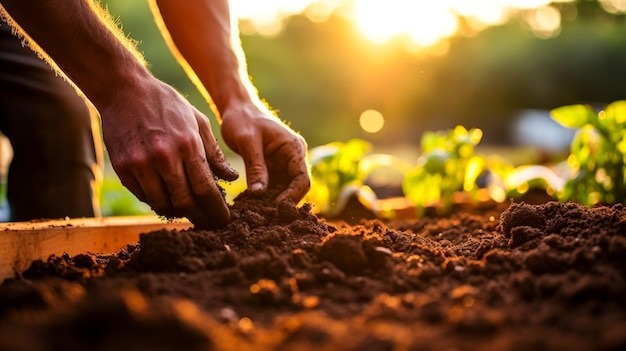
Understanding your soil is the first step in preparation, which is important. To determine how acidic or alkaline it is, it is a good idea to test the pH using the kit. Neutral soil is ideal for the development of most vegetable crops.
After knowing your soil, start by removing many stones and taking out any weeds, stems and roots. Next, add well rotated manure or manure to your soil; It should be scrapped. To improve long-term health of the soil, whenever possible, add organic materials to the soil surface-at least once a year that old bark or fertilizer leaves. If you are in a crowd, consider using an organic fertilize
Consider Using Raised Beds
You must be thinking about growing vegetables on the raised beds, which is a great solution for those who have small amounts of ground or challenging soil that is not well drain. Raised beds are a simple way to cultivate vegetables if your soil is more in chalk or soil. To fill them, add a mixture of topsol, green waste and manure made of clay.
Plants will start growing in the first season because the raised beds help the soil to become more rapidly and heated more rapidly in spring. They are also very beneficial for novice as you can guarantee success by starting with nutrients rich in soil and manure and controlling the soil condition. They are also more beautiful to maintain.




